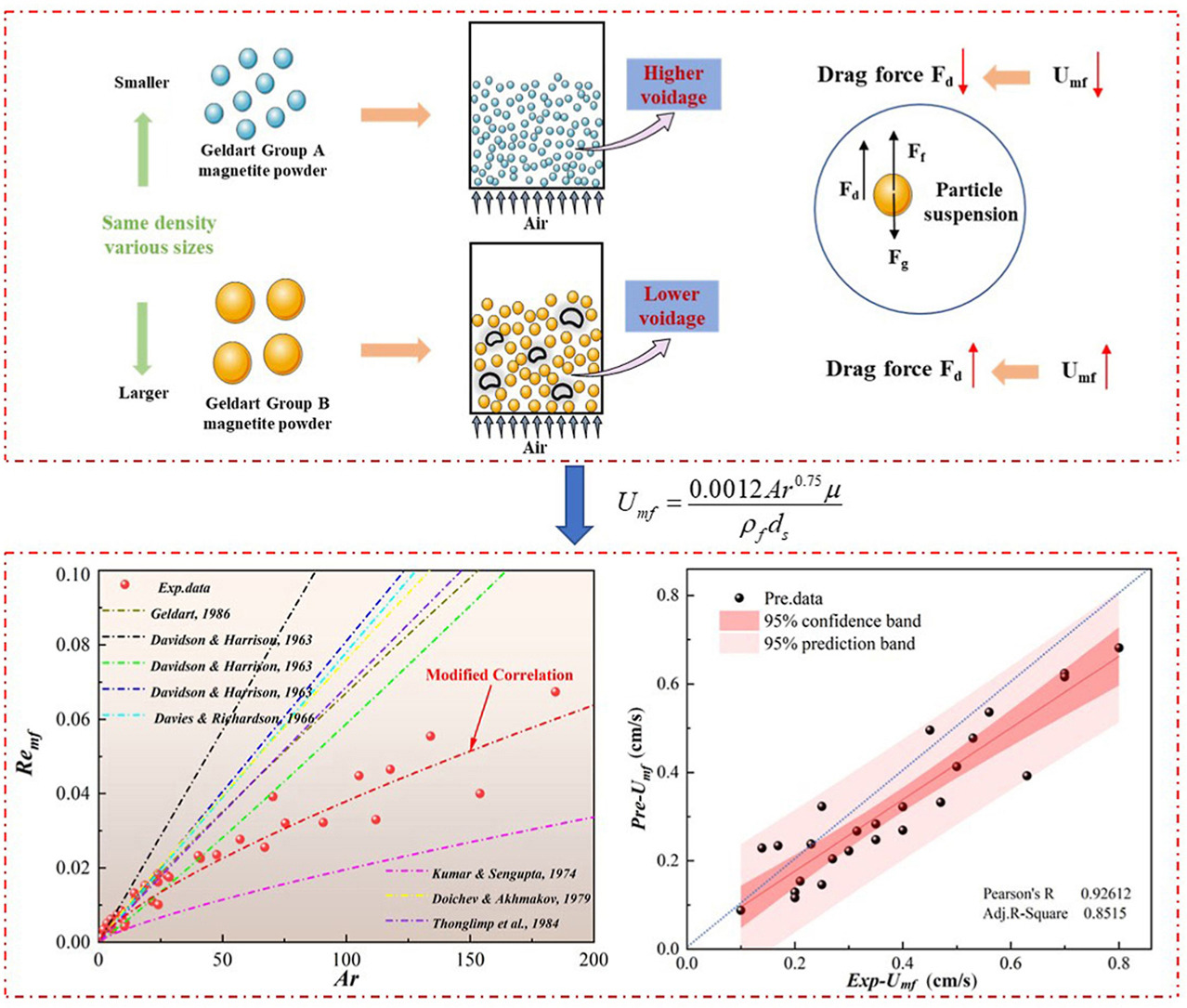- Volumes 96-107 (2025)
-
Volumes 84-95 (2024)
-
Volume 95
Pages 1-392 (December 2024)
-
Volume 94
Pages 1-400 (November 2024)
-
Volume 93
Pages 1-376 (October 2024)
-
Volume 92
Pages 1-316 (September 2024)
-
Volume 91
Pages 1-378 (August 2024)
-
Volume 90
Pages 1-580 (July 2024)
-
Volume 89
Pages 1-278 (June 2024)
-
Volume 88
Pages 1-350 (May 2024)
-
Volume 87
Pages 1-338 (April 2024)
-
Volume 86
Pages 1-312 (March 2024)
-
Volume 85
Pages 1-334 (February 2024)
-
Volume 84
Pages 1-308 (January 2024)
-
Volume 95
-
Volumes 72-83 (2023)
-
Volume 83
Pages 1-258 (December 2023)
-
Volume 82
Pages 1-204 (November 2023)
-
Volume 81
Pages 1-188 (October 2023)
-
Volume 80
Pages 1-202 (September 2023)
-
Volume 79
Pages 1-172 (August 2023)
-
Volume 78
Pages 1-146 (July 2023)
-
Volume 77
Pages 1-152 (June 2023)
-
Volume 76
Pages 1-176 (May 2023)
-
Volume 75
Pages 1-228 (April 2023)
-
Volume 74
Pages 1-200 (March 2023)
-
Volume 73
Pages 1-138 (February 2023)
-
Volume 72
Pages 1-144 (January 2023)
-
Volume 83
-
Volumes 60-71 (2022)
-
Volume 71
Pages 1-108 (December 2022)
-
Volume 70
Pages 1-106 (November 2022)
-
Volume 69
Pages 1-122 (October 2022)
-
Volume 68
Pages 1-124 (September 2022)
-
Volume 67
Pages 1-102 (August 2022)
-
Volume 66
Pages 1-112 (July 2022)
-
Volume 65
Pages 1-138 (June 2022)
-
Volume 64
Pages 1-186 (May 2022)
-
Volume 63
Pages 1-124 (April 2022)
-
Volume 62
Pages 1-104 (March 2022)
-
Volume 61
Pages 1-120 (February 2022)
-
Volume 60
Pages 1-124 (January 2022)
-
Volume 71
- Volumes 54-59 (2021)
- Volumes 48-53 (2020)
- Volumes 42-47 (2019)
- Volumes 36-41 (2018)
- Volumes 30-35 (2017)
- Volumes 24-29 (2016)
- Volumes 18-23 (2015)
- Volumes 12-17 (2014)
- Volume 11 (2013)
- Volume 10 (2012)
- Volume 9 (2011)
- Volume 8 (2010)
- Volume 7 (2009)
- Volume 6 (2008)
- Volume 5 (2007)
- Volume 4 (2006)
- Volume 3 (2005)
- Volume 2 (2004)
- Volume 1 (2003)
b School of Chemical Engineering & Technology, China University of Mining & Technology, Xuzhou, 221116, China
c International Joint Laboratory of Minerals Efficient Processing and Utilization, Ministry of Education, Xuzhou, 221116, China
d School of chemical engineering, Sichuan University, Chengdu, 610044, China
• A modified model for predicting minimum fluidization velocity of Geldart A particle is proposed.
• The prediction model has high accuracy with an overall error of less than 0.2 cm/s.
• A theoretical guide for optimization and design of coal separation processes is provided by the model.
The minimum fluidization velocity is a pivotal parameter in the study of fluidization behavior within air dense medium fluidized beds, significantly affecting the design and operational efficiency of these systems. This research explores the fluidization characteristics of Geldart A magnetite particles and Geldart B magnetite powder particles through experimental investigations. The results show that the minimum fluidization velocity of Geldart A and Geldart B particles differs due to both particle size and density. Operating conditions, such as gas distribution uniformity and flow rate fluctuations, also have a significant impact. These findings offer valuable guidance for improving the design and operation of fluidized bed reactors. To accurately estimate the minimum fluidization velocity of Geldart A magnetite powder particles, this study extends classical equations and introduces new correlation coefficients. A summarized and analytical comparison of literature data and experimental results data demonstrate that the proposed correlation coefficients are both accurate and reliable within the defined range, with a prediction error of less than 0.2 cm/s when validated against literature and experimental data. This study furnishes experimental evidence and theoretical insights into the fluidization behavior of diverse particle types, thereby facilitating the optimization of fluidized bed design.

